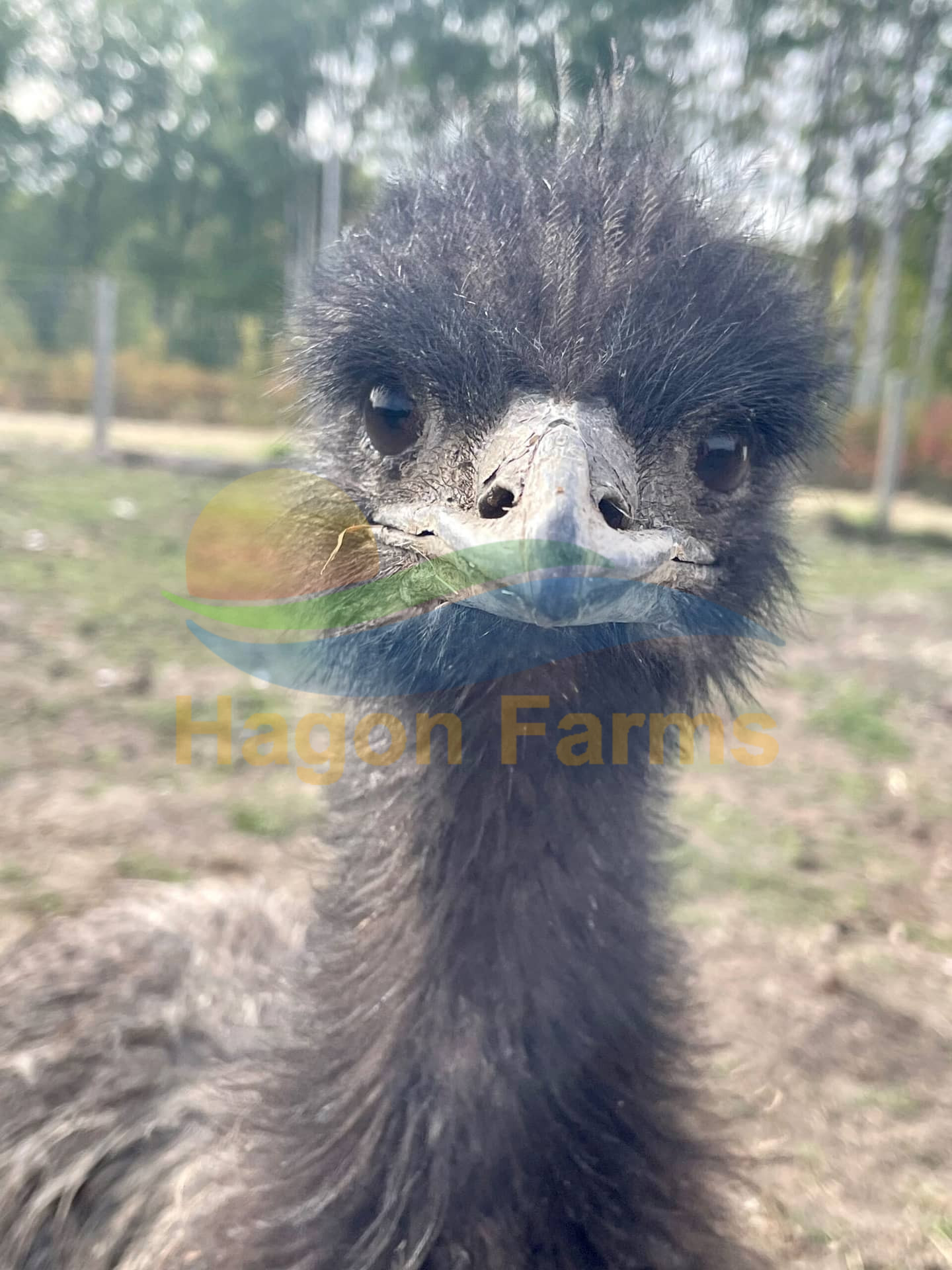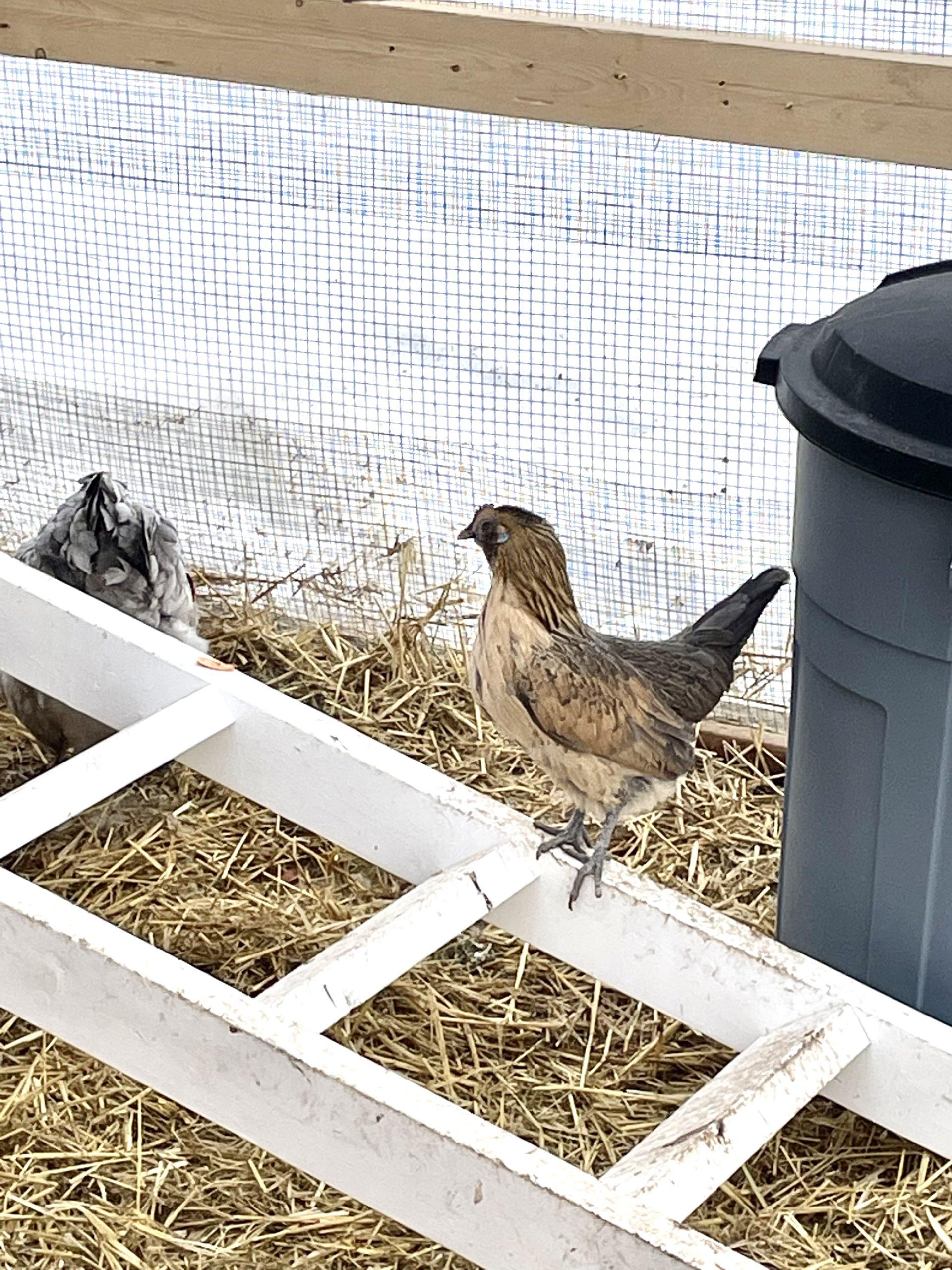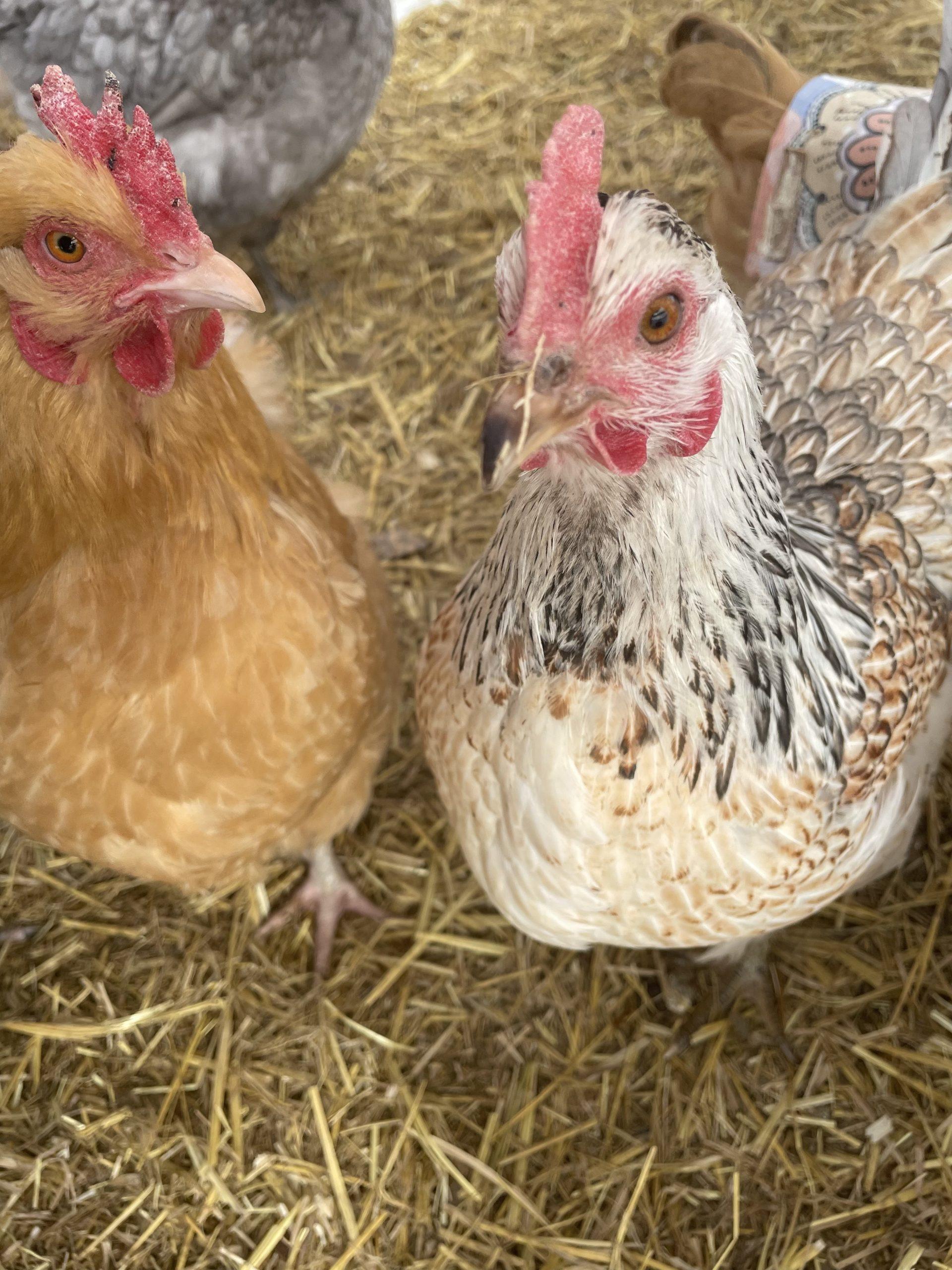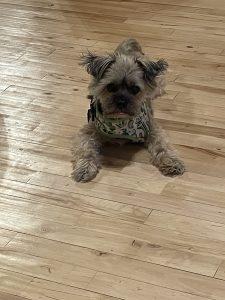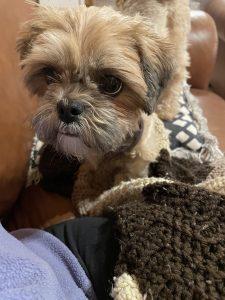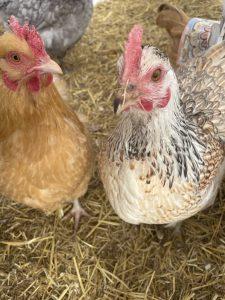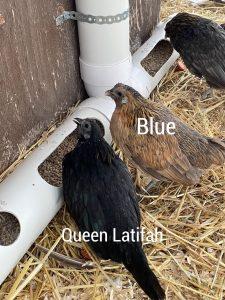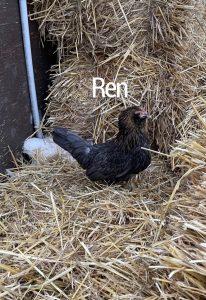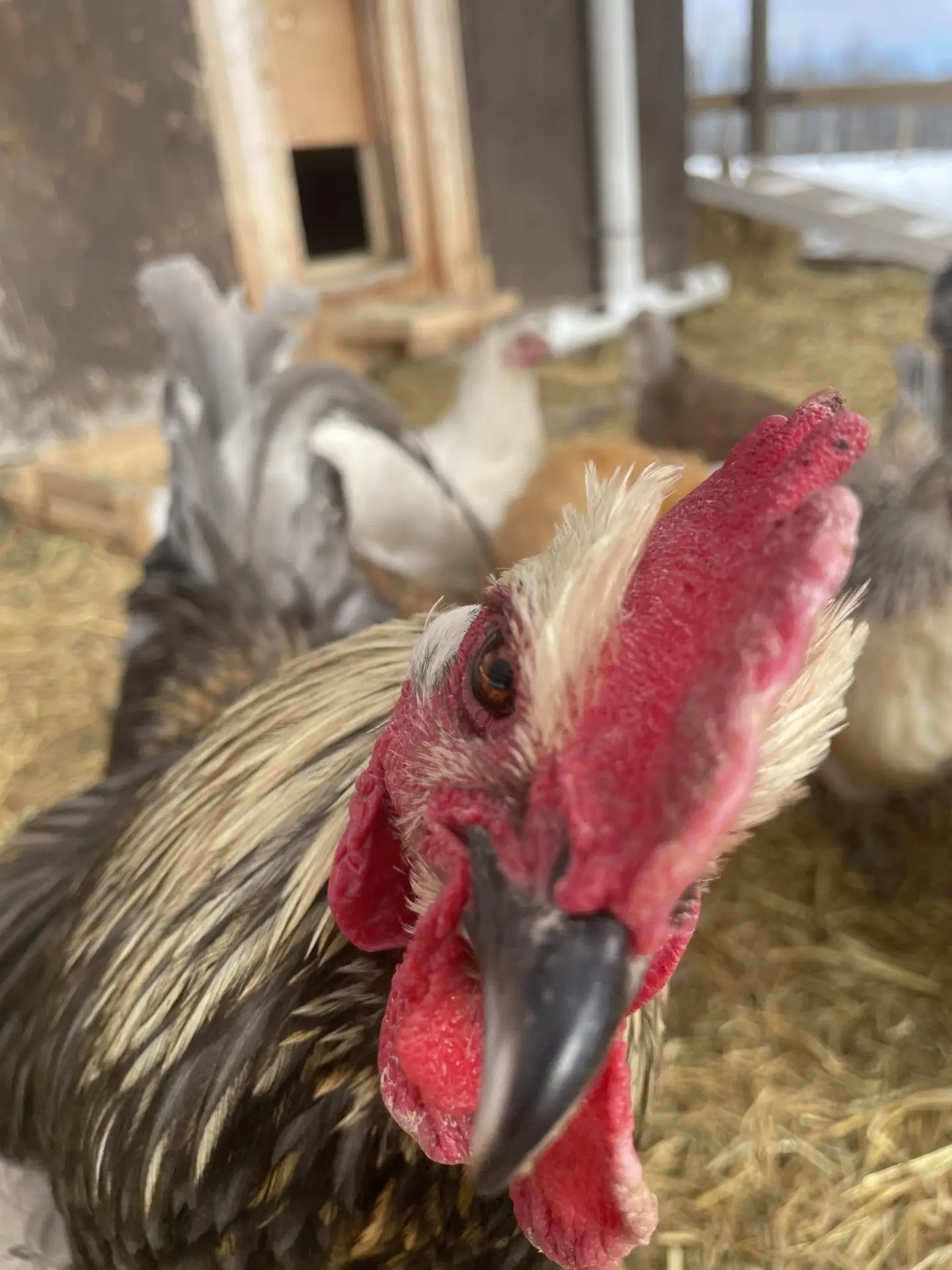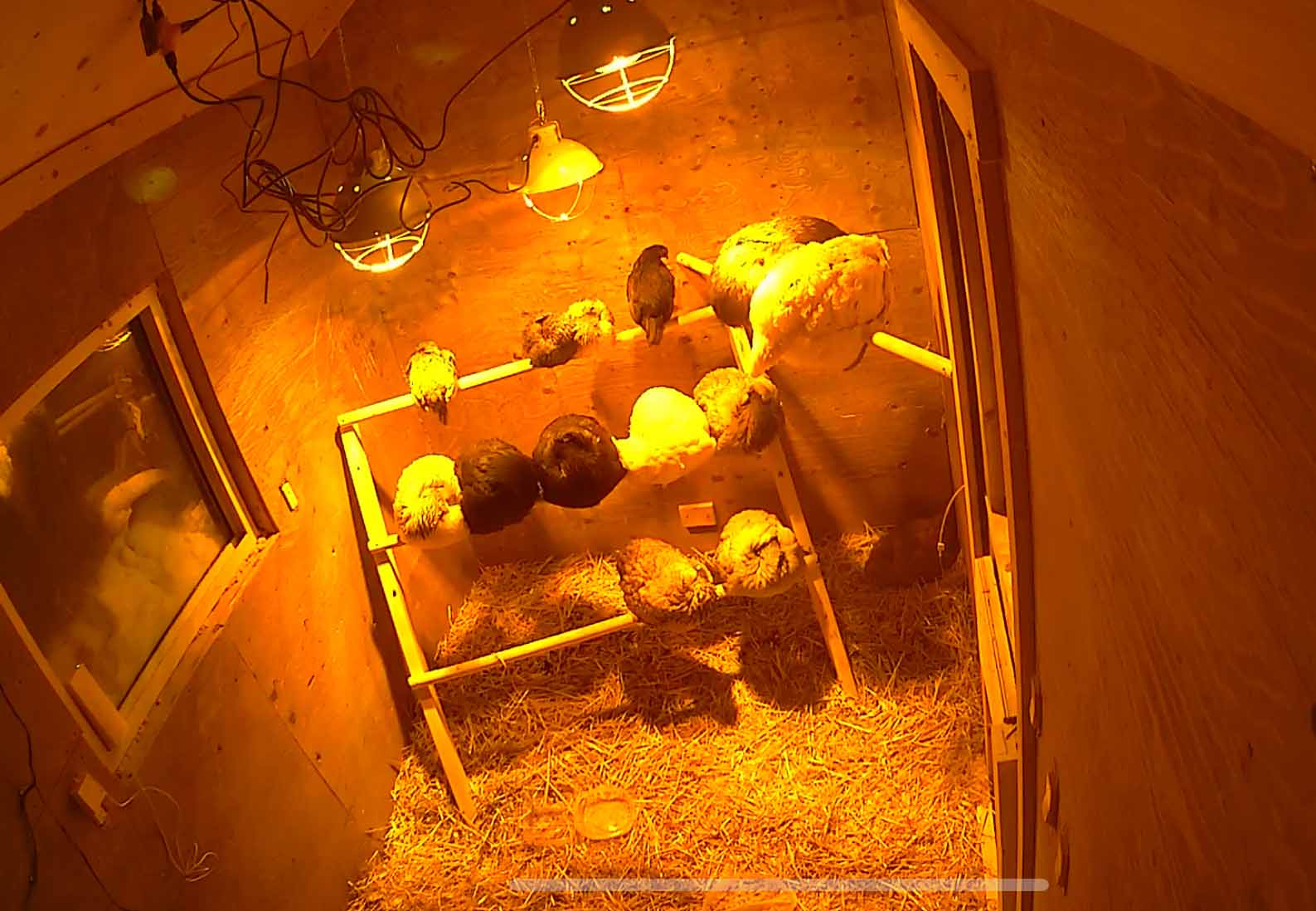Why should I get an EMU?
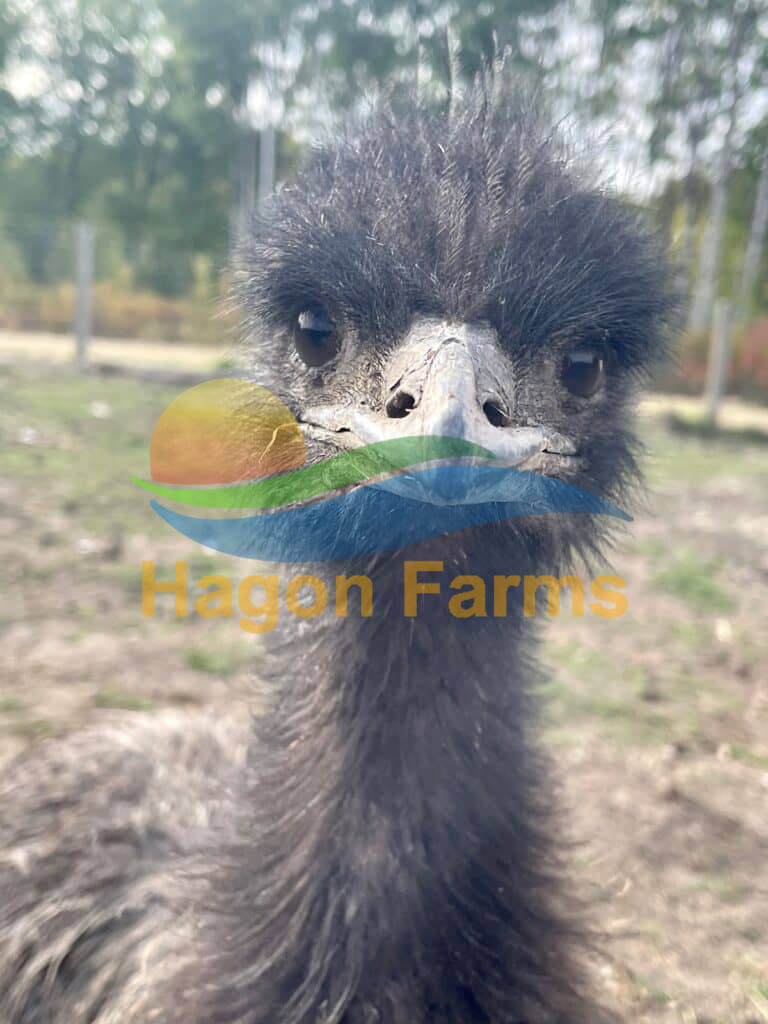 Emu are the tallest native bird to Australia and second to the ostrich as the largest existing species of birds in the world. With an average adult height of 6 feet tall, emu grow extremely long legs and necks. Females, at adult age, will typically be larger than females and will exhibit a unique and amazing drumming sound. On average, the life expectancy of domestic emu is 25-28 years old. In the wild, adults have been recorded to reach a running speed of 50 km/hr.
Emu are the tallest native bird to Australia and second to the ostrich as the largest existing species of birds in the world. With an average adult height of 6 feet tall, emu grow extremely long legs and necks. Females, at adult age, will typically be larger than females and will exhibit a unique and amazing drumming sound. On average, the life expectancy of domestic emu is 25-28 years old. In the wild, adults have been recorded to reach a running speed of 50 km/hr.
Although we are fairly new to owing an emu, we are doing lots of research and hope to share some of our knowledge.
BREEDING:
Most emu are not sexually mature until after 2 years old. At that point, many peers have reported that females can fight and are best separated but multiple males together appears to work. Here in Alberta, most breeders report finding eggs in January and then sometimes again in early summer, around June. Naturally, winter egg laying can lead to a fun game of finding the large green eggs before they freeze.
FEEDING:
Emu belong to a group of flightless birds called ratites. Many other parts of the world have a feed called ratite feed but we have been unable to find this in Alberta. After doing research, we have decided on this diet for Ernie:
Chicken grower feed / rabbit (alfalfa based) feed / black oil sunflowers
Although we have been unsuccessful in feeding fruit, Ernie does love a good dandelion, plantain or clover weed.
BEHAVIOR:
Having an emu on the far or multiple emu, will definitely provide lots of laughs. Ernie spends his days doing speed laps and then dancing. Nothing prepares you for the sight of an emu dancing.
In our experience, they like to spend majority of their time outside and even often sleep outside. We piled a bunch of straw in Ernie’s favourite outside spot.
Emu are VERY curious! Ernie loves anything shiny or new and just cant resist your hair. But, when handled regularly at a young age, they can be very sweet. Yes, Ernie now gives hugs and has very nicely adjusted to my forced love!

